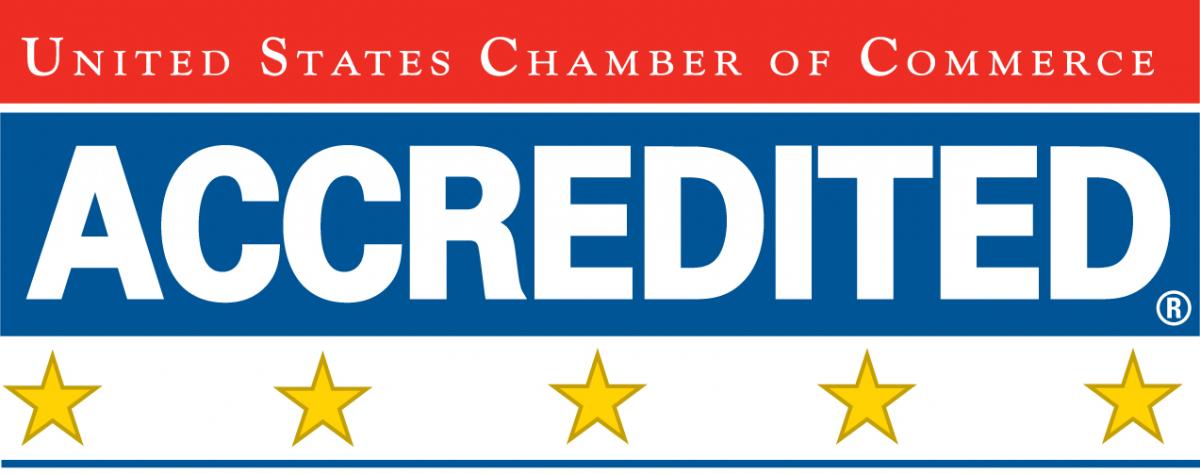SBA Proposes Small Business Size Standard Revisions In Three Industry Sectors
WASHINGTON – The U.S. Small Business Administration is seeking comment on two proposed rules published this week in the Federal Register that would revise the small business size definitions for businesses in three North American Industry Classification System (NAICS) Sectors: Agriculture, Forestry, Fishing, and Hunting; Finance and Insurance; and Management of Companies and Enterprises. The proposed revisions reflect changes in marketplace conditions. The SBA proposed increasing 11 size standards in the Agriculture, Forestry, Fishing and Hunting Sector. Up to 7,500 more firms in this sector would become eligible for SBA loan and federal procurement programs, if adopted. SBA also proposed increasing 32 revenue-based size standards and 5 asset-based size standards in the Finance and Insurance Sector. In addition, SBA proposed increasing two size standards in the Management of Companies and Enterprises Sector. Lastly, SBA proposed to change how it measures the size of International Trade Financing firms from average assets to average revenues. SBA estimates that more than 5,400 additional firms in these last two sectors will become eligible for SBA’s programs under the revised revenue-based size standards, if adopted. The revised asset-based size standards, if adopted, would allow 2,000 more financial institutions to qualify as small, including 25 minority-owned financial institutions that could become eligible to participate in subcontracting agreements with prime contractors for subcontracting goals and credits.
Comments can be submitted on these proposed rules on or before November 13, 2012, at www.regulations.gov, identified by the following RIN numbers:
1. Proposed Rule: Small Business Size Standards; Agriculture, Forestry, Fishing and Hunting (NAICS Sector 11) (RIN 3245-AG43).
2. Proposed Rule: Small Business Size Standards; Finance and Insurance, and Management of Companies and Enterprises (NAICS Sectors 52 & 55) (RIN 3245-AG45).
You may also mail comments to Khem R. Sharma, Chief, Size Standards Division, 409 3rd St., SW, Mail Code 6530, Washington, DC 20416.
As part of an ongoing review of all size standards, the SBA takes into account the structural characteristics of individual industries, including average firm size, the degree of competition, and federal government contracting trends. This ensures that small business size definitions reflect current economic conditions in those industries. Under the Small Business Jobs Act of 2010, SBA will continue its comprehensive review of all size standards for the next several years.
The proposed revisions to the size standards in these sectors will enable more small businesses to retain their small business status; will give federal agencies a larger pool of small businesses to choose from for small business procurement opportunities, and will help eligible small businesses benefit from SBA’s loan programs.
An SBA-issued White Paper entitled, “Size Standards Methodology,” which explains how SBA establishes, reviews and modifies its receipts-based and employee-based small business size standards can be viewed at http://www.sba.gov/size. For more information about SBA’s revisions to its small business size standards, click on “What’s New with Size Standards” on SBA’s Web site at: http://www.sba.gov/size.
# # #


